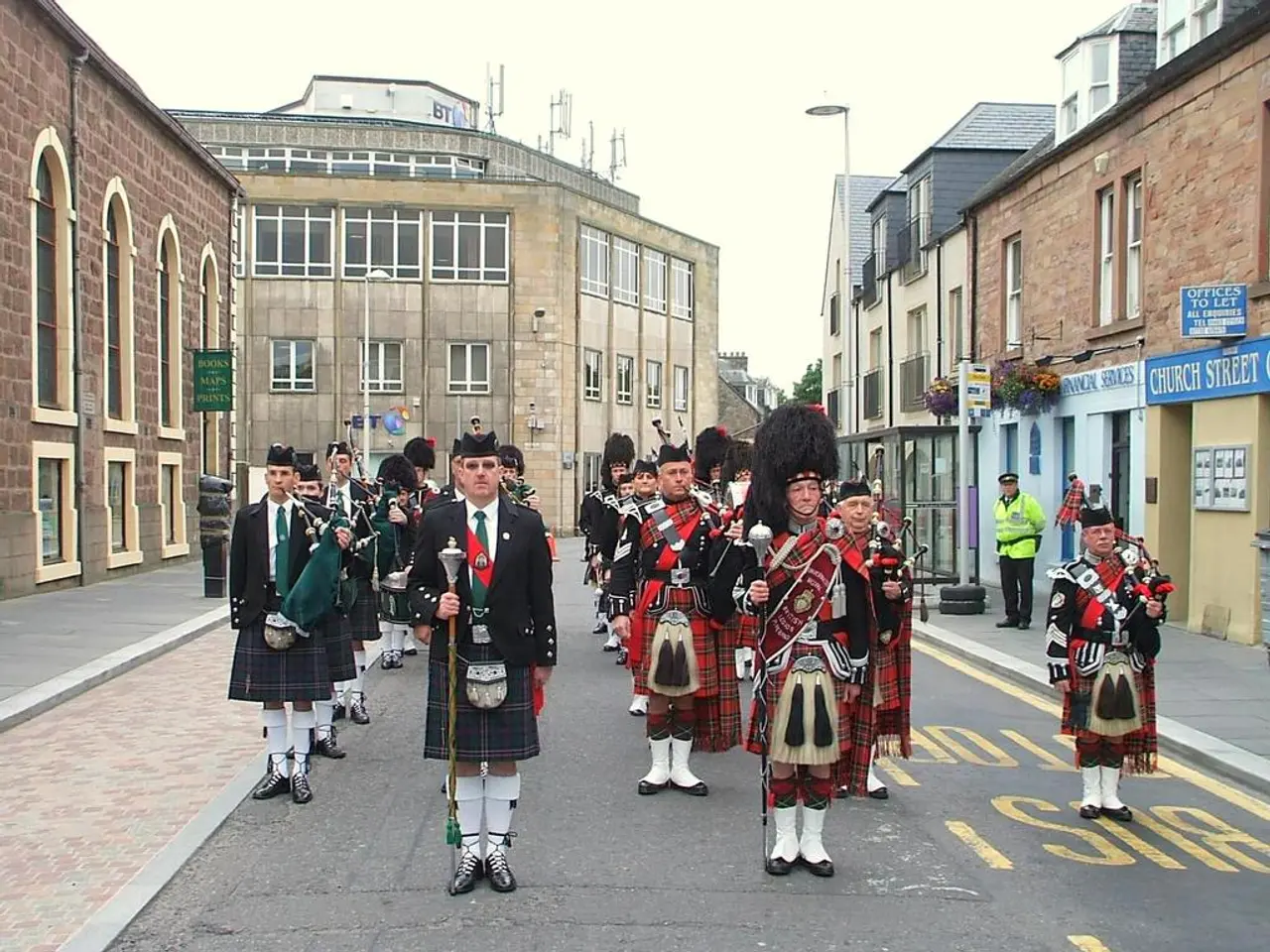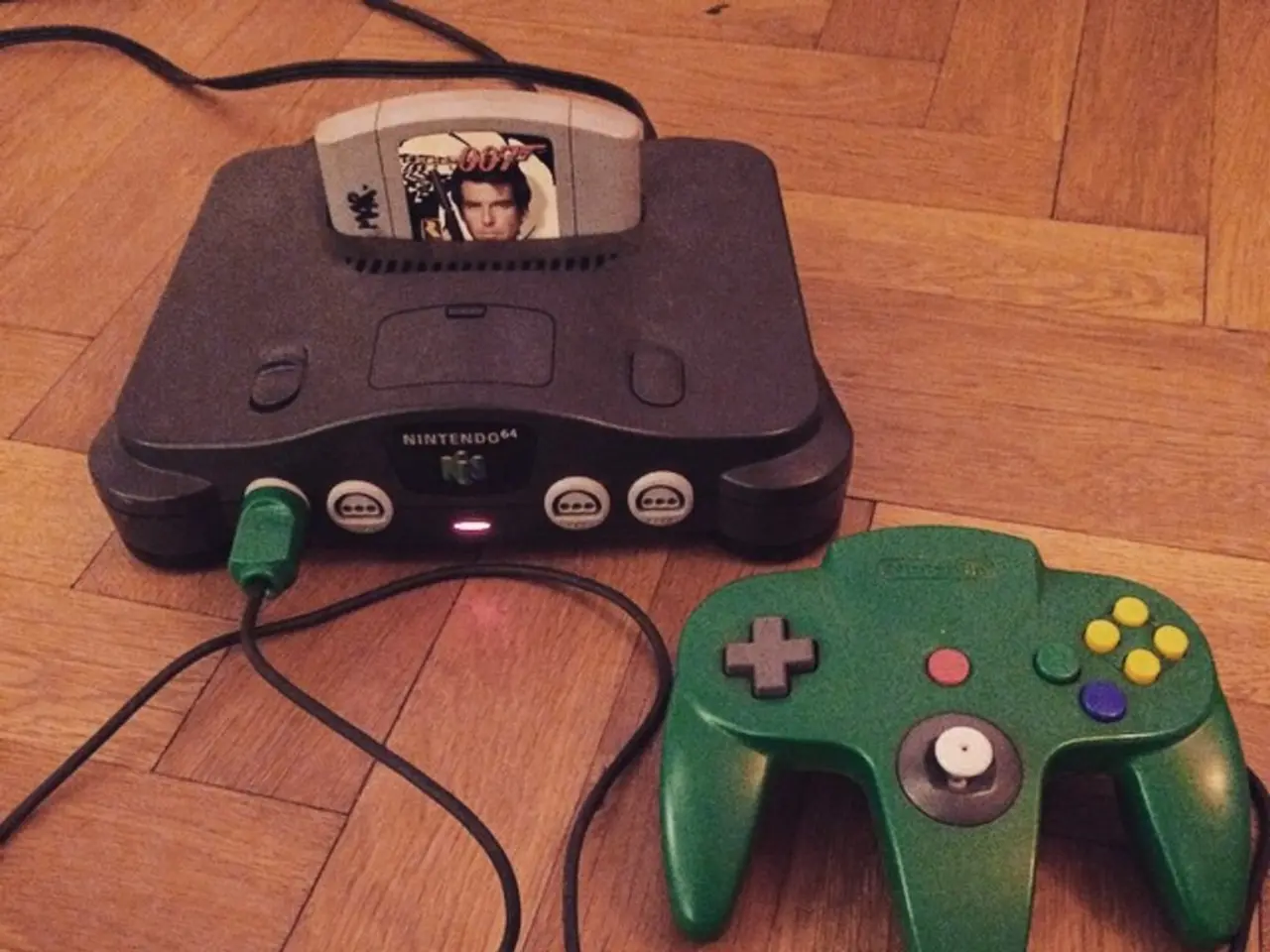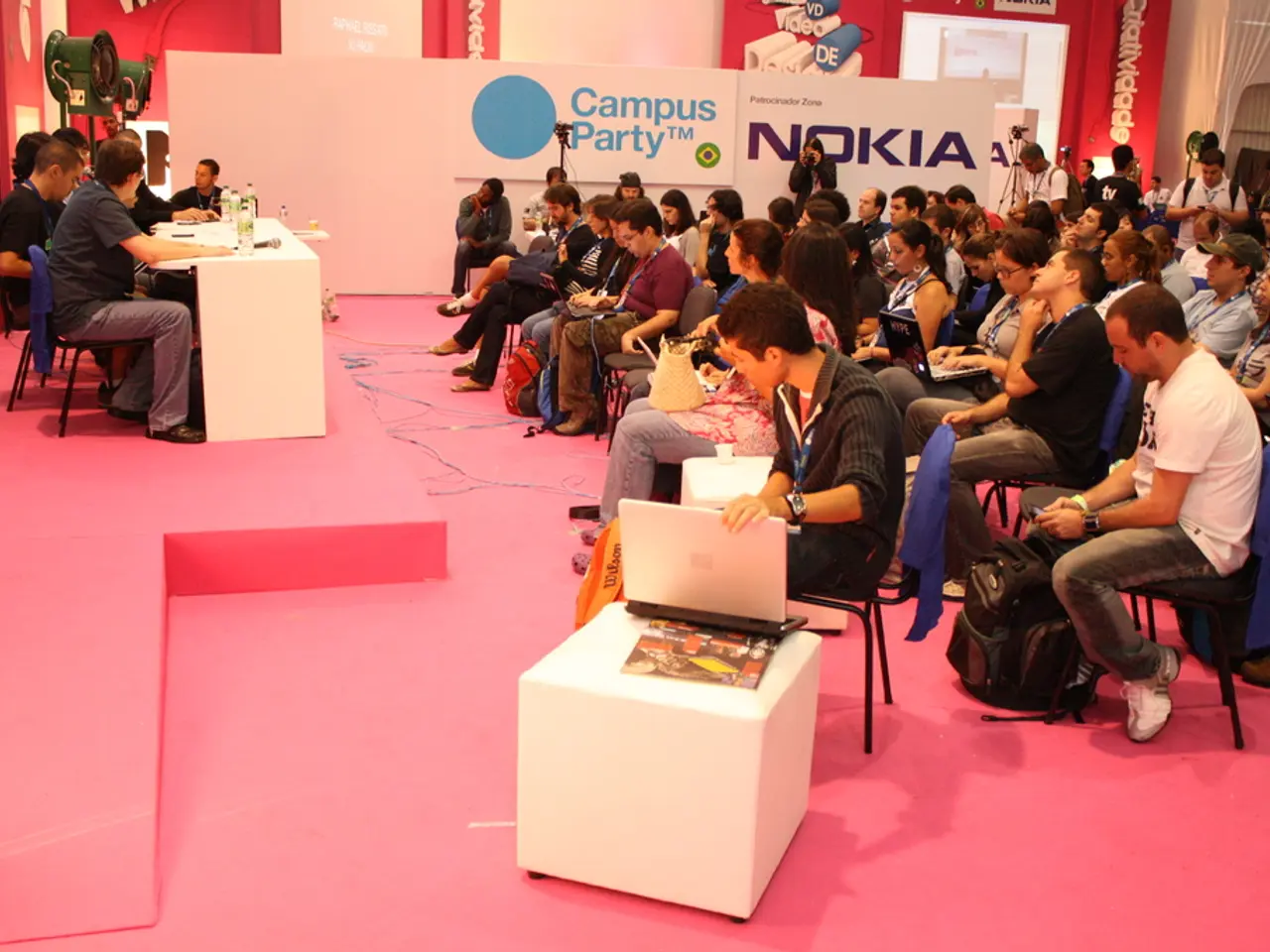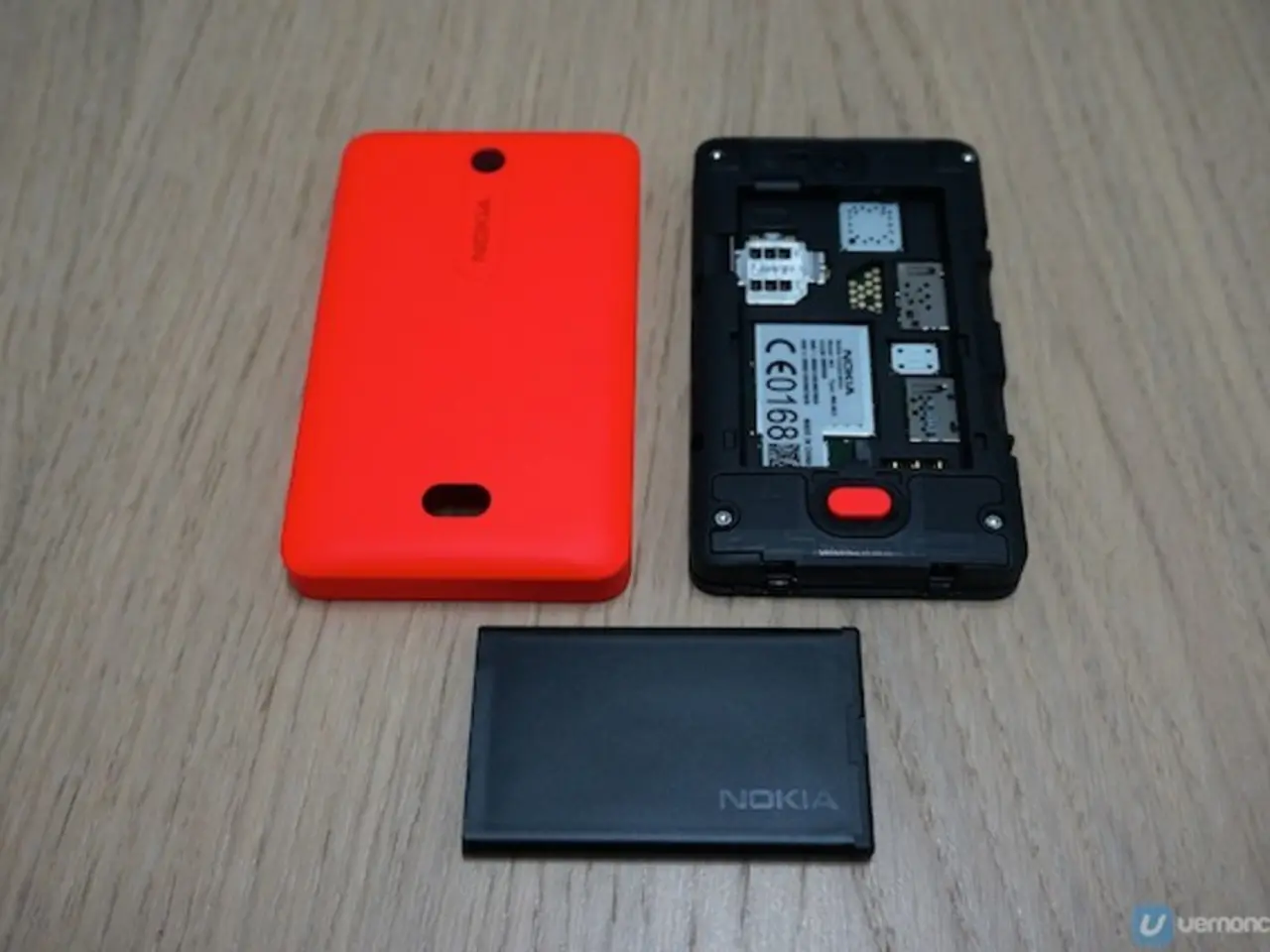Fashion moving at a slower pace, embracing tranquility, with 'girlmoss' representing a form of quiet defiance.
In the heart of Greenpoint, Brooklyn, the McGolrick Bird Club, led by Michael Lombardo, is a testament to a unique blend of culture and resistance. Lombardo views birding as a form of punk culture, a movement that traditionally embodies anti-capitalist, anti-authoritarian, and anti-establishment values.
The term "slowpunk" is not widely defined, but it seems to represent a lifestyle or ideology that combines the ethos of punk with a rejection of fast-paced consumerism and mainstream social structures. This interpretation relies on general knowledge about punk culture and contemporary critiques of capitalism emphasizing slowness as a form of resistance.
Slowpunk could be understood as a cultural or philosophical stance opposing fast capitalist consumption and conformity to mainstream social structures, advocating instead for a slower, more conscious, and radical critique of societal norms. It values depth, sustainability, and community over profit and spectacle, and adopts a DIY or autonomous approach.
The slowpunk movement is gaining traction, with brands and agencies aligning with a slower, more considered lifestyle. For instance, the Agency for Nature, featured in this article, launched the 'Girls Just Wanna Grow Plants' campaign during London Fashion Week, promoting a sustainable and mindful approach to life.
Young people are increasingly turning to symbols of resistance against the pressures of modern life. The anthemic call of Billy Joel's 1977 hit "Vienna" serves as a soothing ode against 24/7 FOMO culture, reminding listeners that not everything has to be achieved early on in life.
The burgeoning 'dumb phone' cottage industry is also gaining attention, with companies positioning their basic brick phones as an opportunity to escape screen time and reject algorithmic always-on social media. An ad campaign for the Lightphone takes a stab at the 'alliance of big tech' and sells merch proclaiming that 'your time = their money'.
The McGolrick Bird Club meets every Saturday for a quiet morning of birdspotting, a peaceful activity that encapsulates the slowpunk ethos. The club's leader, Michael Lombardo, was inspired by Jenny Odell's book 'How to do nothing', a manifesto for slowing down and finding joy in idleness.
The term 'Girlmoss', originally coined by X user MeganJKaleita, represents a collective desire for a more mellow life. It's a call to embrace a slower, more considered lifestyle, a philosophy that resonates with the slowpunk movement.
In the realm of music, British musician Brian Eno's three-buttoned ambient music generator features slowly morphing rectangles and endlessly permutating soothing soundscapes, offering a radical antidote to the sonic chaos of urban life.
In the face of the lean-in, hustle-and-grind mentality, the most rebellious brands are no longer the ones that feel harder, louder, and faster, but the ones that have the courage to stand for something far softer, slower, and quieter. The idea of slowing down is increasingly taking on an empowering and commanding vibe, with brands designing products that enable soft and lazy living, and empowering consumers to stop scrolling and touch grass.
Brett Scott, in an essay, uncovered Silicon Valley's illusion of convenience, stating that technology doesn't make our lives easier, but faster and more crammed with stuff. Sustainable-focused clothing brands are promoting slow fashion as a rebellious counterculture.
In conclusion, the slowpunk movement, while not widely defined, represents a cultural shift towards mindfulness and resistance. It encourages a rejection of fast-paced consumerism and mainstream social structures, advocating instead for a slower, more conscious, and radical critique of societal norms.
- The Girls Just Wanna Grow Plants campaign, launched by the Agency for Nature during London Fashion Week, aligns with the slowpunk movement's push for a sustainable and mindful lifestyle.
- The slowpunk movement, in contrast to fast capitalism, emphasizes depth, sustainability, and community over profit and spectacle, much like the DIY or autonomous approach of punk culture.
- The McGolrick Bird Club, a testament to culture and resistance in Greenpoint, Brooklyn, mirrors the slowpunk ethos in its peaceful and conscious approach to birdspotting.
- Fashion brands promoting slow fashion are challenging mainstream consumerism, positioning themselves as countercultural forces, similar to the slowpunk movement's rejection of fast-paced consumerism.
- The burgeoning 'dumb phone' cottage industry, with companies selling basic brick phones, is an example of a resistance against fast-paced, algorithmic social media, a trait common in the slowpunk movement.
- British musician Brian Eno's ambient music generator, with its slowly morphing rectangles and permutating soothing soundscapes, offers a radical antidote to the sonic chaos of urban life, much like the slowpunk movement's rejection of the fast-paced capitalist culture.




